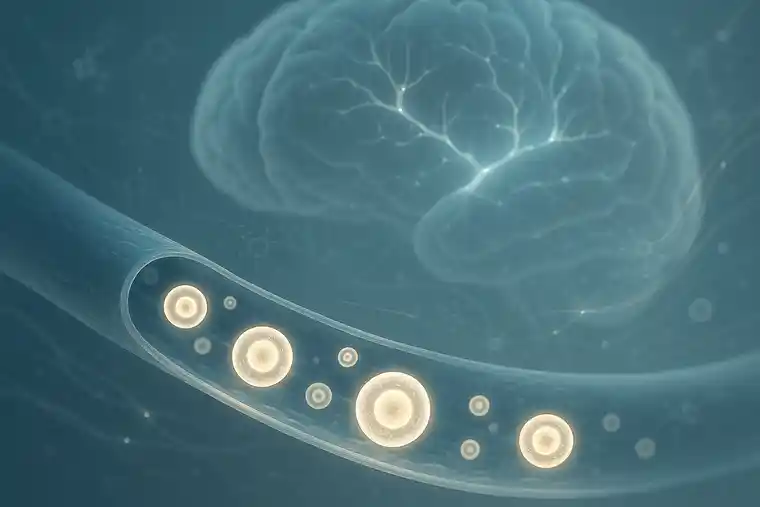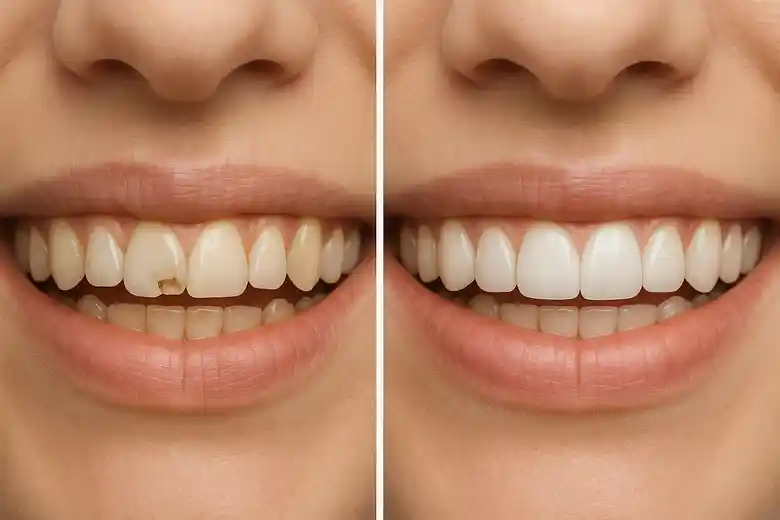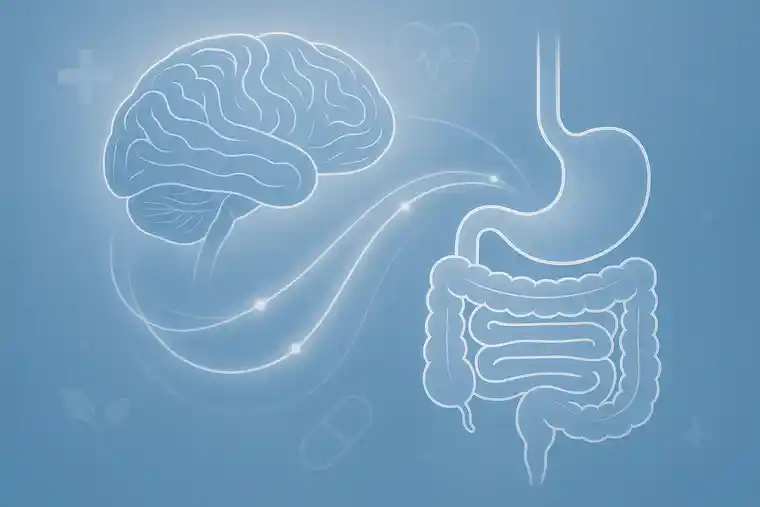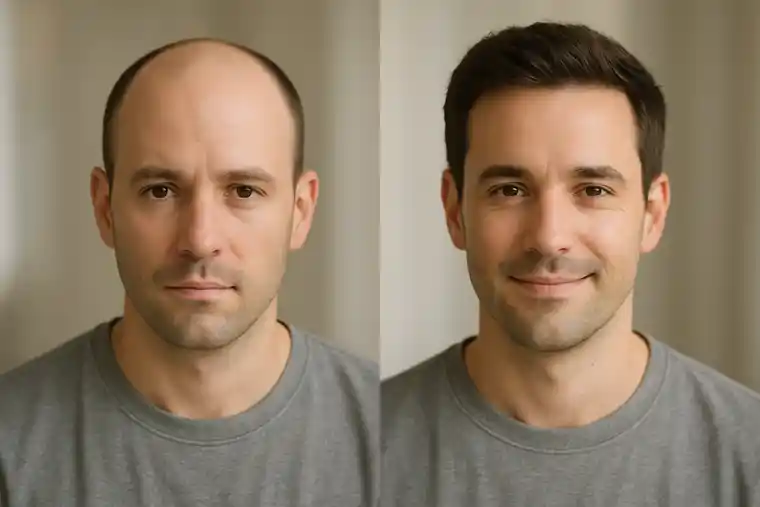Stem Cell Therapy for COVID-19 – MSC Treatment Insights by Prof. Dr. Erdal Karaöz
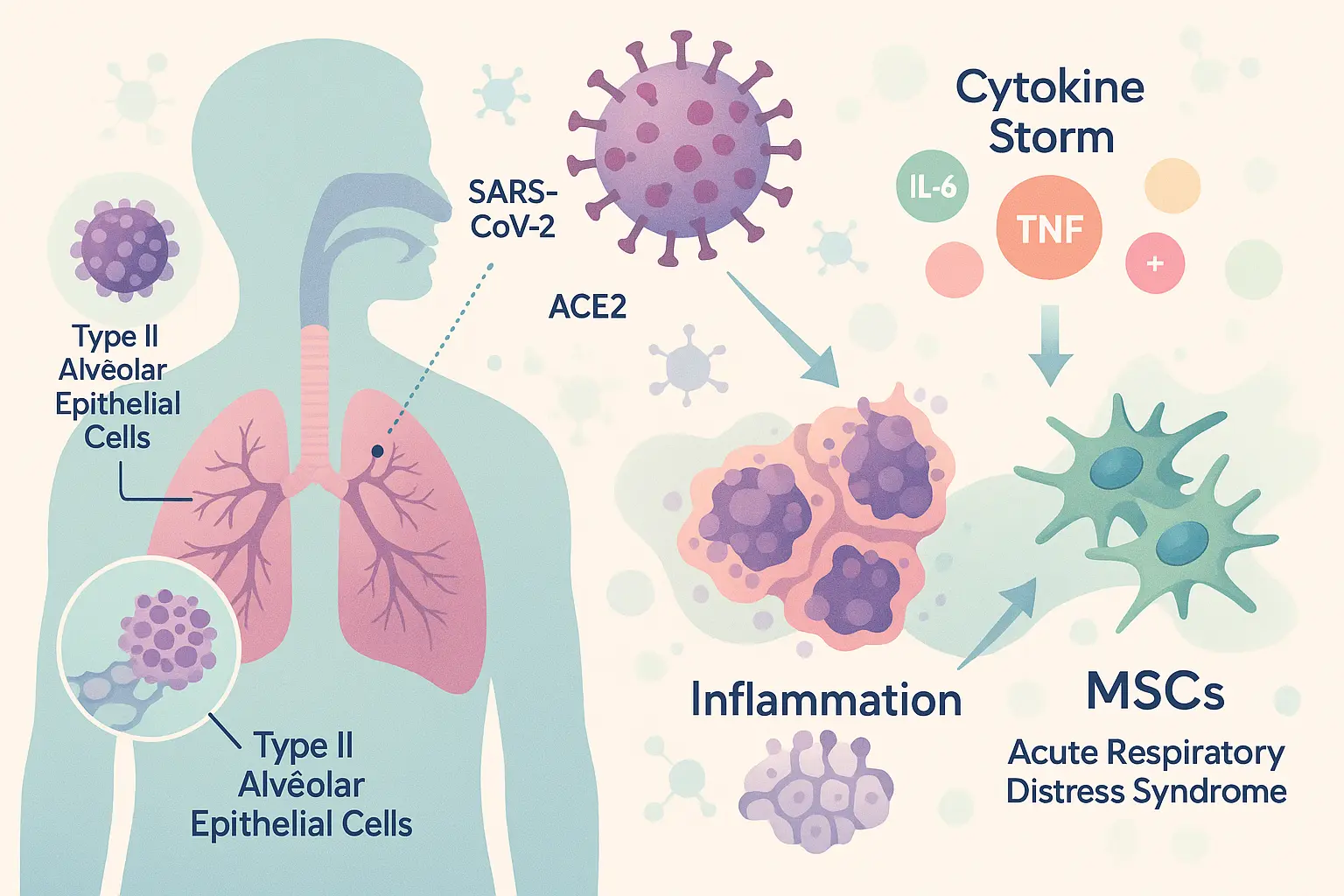
A Doctor’s Perspective: Inside the Pandemic’s Turning Point
By Prof. Dr. Erdal Karaöz & Dr. Duygu Koyuncu Irmak
Prof. Dr. Erdal Karaöz is one of the world’s foremost experts in stem cell science, with academic work at Harvard and Oxford.
Dr. Duygu Koyuncu Irmak is a regenerative medicine specialist focused on stem cell therapies for immune and viral diseases.
Stem Cell Therapy for COVID-19 – When COVID-19 began to spread globally, it became clear that many of the tools we were used to relying on—antivirals, oxygen, plasma—were often not enough. In the early stages, treatments felt reactive and uncertain. For those of us working in hospitals, watching patients decline despite our best efforts was frustrating and painful.
Amid this urgency, one therapy stood out as something different: mesenchymal stem cells (MSCs). Early studies, particularly those led by Dr. Duygu Koyuncu Irmak and Prof. Dr. Erdal Karaöz, gave us a glimpse into a new approach—not just symptom relief, but actual tissue regeneration and immune regulation. This article explores how MSC therapy reshaped the treatment conversation and the Stem Cell Therapy for COVID-19.
Table of Content
SARS-CoV-2: What This Virus Really Does to the Body
We’ve learned that SARS-CoV-2, the virus responsible for COVID-19, doesn’t just stay in the lungs. It enters cells through ACE2 receptors, which are especially present in type II cells deep inside the lungs – but from there, the damage often spreads.
It’s not just the lungs that suffer. We’ve seen patients with kidney issues, vascular inflammation, gut problems, and even neurological effects. It’s a virus that doesn’t play by traditional rules. And very often, it’s the immune system’s reaction – not just the virus itself – that leads to complications.
In some patients with COVID-19, it’s not just the virus causing damage – it’s the body’s own defense system going too far.
When the Immune System Goes Into Overdrive
Normally, the immune system ramps up to fight off infection, but sometimes it doesn’t know when to stop. It continues firing signals — like IL-6 and TNF-alpha — even after they’ve done their job. When this happens, inflammation builds rapidly, especially in the lungs.
This is what we call a cytokine storm. Instead of protecting the body, it begins attacking healthy tissue. Breathing becomes difficult. Oxygen levels drop. And in many cases, the lungs can no longer function on their own.
This isn’t just a clinical problem — it’s a race against time. Once a patient reaches this stage, they often need intensive care or mechanical ventilation. Some recover. Others don’t. That’s why early intervention is so important.
Conventional COVID-19 Therapies: Helpful, but Incomplete
We’ve tried many approaches—antivirals like remdesivir, corticosteroids like dexamethasone, monoclonal antibodies, plasma infusions. Some help. Some don’t. Many come with trade-offs.
Yes, steroids can lower inflammation. But they also weaken the body’s defenses.
Antivirals slow replication, but don’t repair damage.
And biologic treatments like IL-6 blockers are useful for a few, but not consistently.
What we haven’t had—until recently—is a treatment that works with the body to calm inflammation and help rebuild damaged lung tissue. That’s what makes MSC therapy such a promising step forward.
What Makes Stem Cells Different in the Fight Against COVID-19
Stem Cells, resp. MSCs aren’t drugs. They’re living, responsive cells with the ability to sense inflammation and injury. Found in umbilical cords, fat tissue, and bone marrow, they interact with the immune system in a way that suppresses excessive inflammation without fully shutting it down.
They release a blend of growth factors, exosomes, and immune-regulating proteins that help calm the immune storm and support lung tissue repair.
The MSCs used come from donated umbilical cord tissue, screened for safety and cultured under GMP-certified conditions. This ensures not only high clinical quality but also traceability and patient safety throughout treatment.
Evidence from Clinical Trials and Real-World Results
Clinical data is growing steadily. In one early study, seven COVID-19 patients—ranging from mild to critical—were treated with umbilical cord-derived MSCs. Results showed a marked increase in IL-10 (a key anti-inflammatory messenger) and a decrease in TNF-alpha, which drives much of the damaging inflammation.
Another trial involving ARDS patients revealed that MSC-treated individuals had improved oxygenation, better immune cell balance, and visible improvements in lung scans. Importantly, MSCs do not have the virus’s entry receptors (ACE2 or TMPRSS2), so they cannot be infected themselves, even when infused during active viral infection.
Studies consistently show that MSCs:
- Reduce inflammatory cytokines
- Improve lung function and oxygenation
- Support survival in critically ill patients
- Carry a low risk of adverse effects

How MSCs Work: A Look at Their Mechanisms
The power of MSCs lies in their ability to intervene across multiple levels of the disease process.
Their biological roles include:
- Immunomodulation: MSCs reduce excessive T cell activity, promote regulatory T cells, and help immune cells like macrophages shift into tissue-healing modes.
- Antifibrotic effects: They secrete growth factors like HGF and KGF that minimize the formation of scar tissue in the lungs.
- Antiviral support: Through their exosomes, they deliver signals that slow down viral replication and aid immune coordination.
- Tissue regeneration: MSCs stimulate the body’s own repair systems — encouraging healthy cell growth and restoring function in damaged areas.
Studies have shown that MSC-derived vesicles include protective compounds like miR-455, IL-10, and anti-apoptotic proteins — offering a multifaceted defense.
What Patients Experience: Real-World Results
In clinical settings, patients treated with MSCs during the critical stages of COVID-19 often report meaningful improvements in the first few days:
- Decline in markers like CRP and IL-6 Better oxygen saturation and lung function
- Reduced dependence on ventilators
- Stabilized immune parameters (T cell profiles, CD markers)
- Patients also describe feeling less short of breath, having more energy, and experiencing quicker mental recovery. In many cases, early MSC treatment has helped patients avoid ICU admission entirely.
At our center, individuals who had seen no progress with antivirals or steroids often began showing signs of lung stabilization within the first week of MSC therapy — with continued improvement over two to three weeks.
Safety and Ethical Use of Stem Cells
Every MSC batch used in our clinic undergoes rigorous quality checks. Donors provide informed consent, and the material is tested for hepatitis, HIV, CMV, and syphilis. Production follows Good Manufacturing Practice (GMP) regulations.
What ensures safety:
- MSCs do not have ACE2 or TMPRSS2 receptors — they cannot carry SARS-CoV-2
- Their immune profile allows safe use even from unrelated donors
- Studies have shown no cancer-causing potential (tumorigenicity)
Patient safety is not negotiable — it is the foundation of our clinical decisions.
The Future of Stem Cell Therapy in Viral Medicine
COVID-19 has prompted new thinking around regenerative therapies in infectious diseases. What was once experimental is now entering clinical practice.
MSCs are now being studied in:
- Long COVID and post-viral fatigue
- ARDS from other viral infections like influenza
- Immune overactivation disorders
- Post-COVID pulmonary fibrosis
Future developments may include inhalable stem cell formulations or tailored exosome therapies designed to match a patient’s unique immune profile.
A Personal Reflection: What This Means to Me as a Doctor
Stem cell therapy has opened a new chapter in medicine. To me, it’s more than a treatment — it’s a way of helping the body reset and recover from within.
This isn’t about chasing miracle cures. It’s about aligning science with the body’s ability to heal. For patients with severe COVID-19, MSC therapy offers something few treatments can: the chance not just to survive, but to truly recover.
Final Word: From Evidence to Compassionate Action
The path from Petri dish to bedside is long, but for MSC therapy in COVID-19, we are finally seeing clinical reality catch up with cellular promise. I have used these therapies with careful discretion, guided by evidence and tempered with deep respect for each patient’s journey.
Stem cells are not magic. But when used correctly, they are medicine at its most profound level—alive, adaptive, and healing. And that, to me, is the future.
Attribution:
Excerpt adapted from the chapter published in Biotechnology to Combat COVID-19 (IntechOpen). Original Source: https://www.intechopen.com/chapters/75704
Licensed under: Creative Commons Attribution 3.0 (CC BY 3.0) Author(s): Duygu Koyuncu Irmak & Erdal Karaöz — Refer to IntechOpen for full author details
Short Biographie of Prof. Dr. Erdal Karaöz and Dr. Duygu Koyuncu Irmak
Prof. Dr. Erdal Karaöz is a globally recognized leader in stem cell research, with over two decades of work in regenerative medicine, cellular therapy, and tissue engineering. He has held academic and research positions at top institutions, including Harvard University and the University of Oxford. Prof. Karaöz has published extensively in peer-reviewed journals and played a key role in advancing clinical applications of mesenchymal stem cells.
Dr. Duygu Koyuncu Irmak is a scientist specializing in regenerative medicine and stem cell biology. Her work focuses on developing translational therapies for immune-related and viral diseases, including COVID-19. With a background in molecular cell biology and clinical applications, she contributes to bridging scientific research with patient-centered innovations in cellular therapy.
